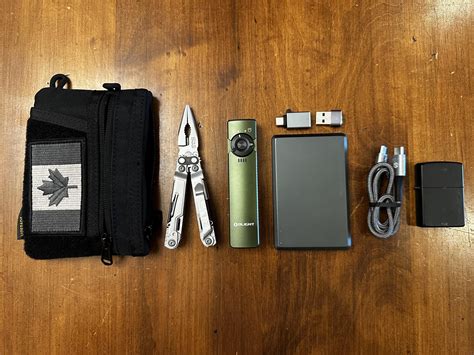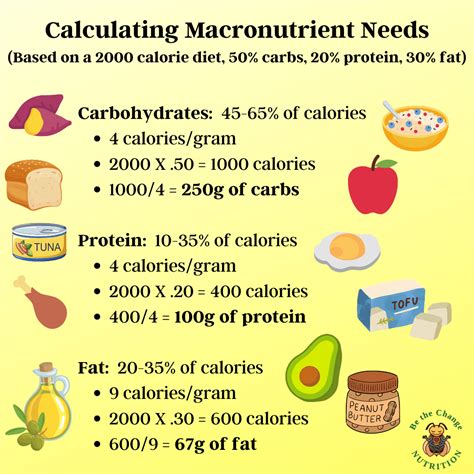Maximize performance: How to break strength plateaus for peak gains & muscle growth?

The Frustration of the Plateau: Why Progress Stalls
Hitting a strength plateau is a common, yet incredibly frustrating, experience for anyone dedicated to resistance training. You’re putting in the work, but the numbers on the bar just aren’t moving. This stagnation can dampen motivation and make you question your entire routine. However, understanding why plateaus occur and implementing targeted strategies can not only help you break through them but also unlock new levels of strength and muscle growth you thought were unattainable.
Understanding the Roots of Stagnation
Plateaus aren’t arbitrary; they’re often signals from your body that your current approach is no longer providing the necessary stimulus for adaptation. The human body is remarkably efficient at adapting to stress. What once challenged your muscles might now be perceived as routine, leading to diminishing returns. Common culprits include:
- Lack of Progressive Overload: The fundamental principle of muscle growth is continually challenging your muscles more than they’re accustomed to. If you’re doing the same reps, sets, and weight week after week, your body has no reason to get stronger or bigger.
- Insufficient Recovery: Muscle growth doesn’t happen in the gym; it happens during recovery. Inadequate sleep, high stress, or insufficient rest between training sessions can severely hinder your body’s ability to repair and rebuild.
- Nutritional Deficiencies: Your body needs adequate fuel – protein for repair, carbohydrates for energy, and healthy fats for hormonal function – to perform and grow. A caloric deficit, especially with insufficient protein, makes gains incredibly difficult.
- Training Monotony: Constantly performing the same exercises in the same rep ranges can lead to over-adaptation or even overuse injuries. Your body eventually gets too good at what it’s doing, and the stimulus diminishes.

Proven Strategies to Shatter the Ceiling
Breaking through a plateau requires a systematic and intelligent approach. Here are key strategies to re-ignite your progress:
1. Re-evaluate Progressive Overload
Beyond simply adding weight, progressive overload can be applied in numerous ways:
- Increase Reps or Sets: If you can’t add weight, try squeezing out an extra rep or adding another set to your workout.
- Decrease Rest Times: Shorter rest periods increase the intensity and metabolic stress.
- Increase Frequency: Training a muscle group more often (e.g., twice a week instead of once) can provide more stimulus, assuming recovery is managed.
- Improve Technique: A stricter form ensures the target muscle is doing the work and can often allow you to lift more effectively in the long run.
- Vary Exercise Selection: Introduce variations of your main lifts (e.g., incline bench press instead of flat bench, front squats instead of back squats) to challenge muscles in new ways.
2. Implement Periodization and Deloads
Don’t train at maximum intensity all the time. Periodization involves structuring your training into cycles with varying intensities and volumes. A crucial component is the deload week, where you significantly reduce volume, intensity, or both. This allows your central nervous system and muscles to fully recover, often leading to a surge in strength upon returning to heavy training.

3. Optimize Your Nutrition
Your diet is paramount. Ensure you are:
- Eating in a Caloric Surplus: To build muscle, you generally need to consume more calories than you burn.
- Prioritizing Protein: Aim for 1.6-2.2 grams of protein per kilogram of body weight to support muscle repair and growth.
- Fueling with Carbs: Carbohydrates provide the energy for intense workouts and replenish glycogen stores.
- Healthy Fats: Essential for hormone production and overall health.
4. Master Recovery and Sleep
Aim for 7-9 hours of quality sleep per night. Sleep is when your body does most of its repair work. Beyond sleep, manage stress levels, consider active recovery (light walks, stretching), and ensure proper hydration. Poor recovery is a silent killer of gains.

5. Incorporate Advanced Training Techniques
Once you’ve mastered the basics, techniques like these can provide an extra push:
- Drop Sets: Perform a set to failure, immediately drop the weight, and continue with more reps.
- Supersets/Giant Sets: Performing two or more exercises back-to-back with minimal rest.
- Rest-Pause Training: Perform a set to failure, rest briefly (10-20 seconds), then do a few more reps with the same weight.
- Partial Reps: Training through a sticking point to strengthen a specific range of motion.
The Mental Game: Mindset for Breakthroughs
Physical strategies are vital, but don’t underestimate the power of your mindset. Plateaus can be mentally taxing. Stay patient, trust the process, and embrace experimentation. Track your progress meticulously – not just weight lifted, but also reps, perceived exertion, and even how you feel. Celebrate small victories and view plateaus as opportunities to refine your approach, not as failures.

Conclusion: Consistent Effort, Intelligent Application
Breaking strength plateaus isn’t about training harder; it’s about training smarter. By understanding the underlying causes and systematically applying strategies like progressive overload variation, periodization, optimized nutrition, and superior recovery, you can consistently challenge your body and achieve peak gains. Remember, every plateau is a temporary stop, not a dead end. Stay consistent, stay intelligent, and watch your strength and muscle growth soar to new heights.









